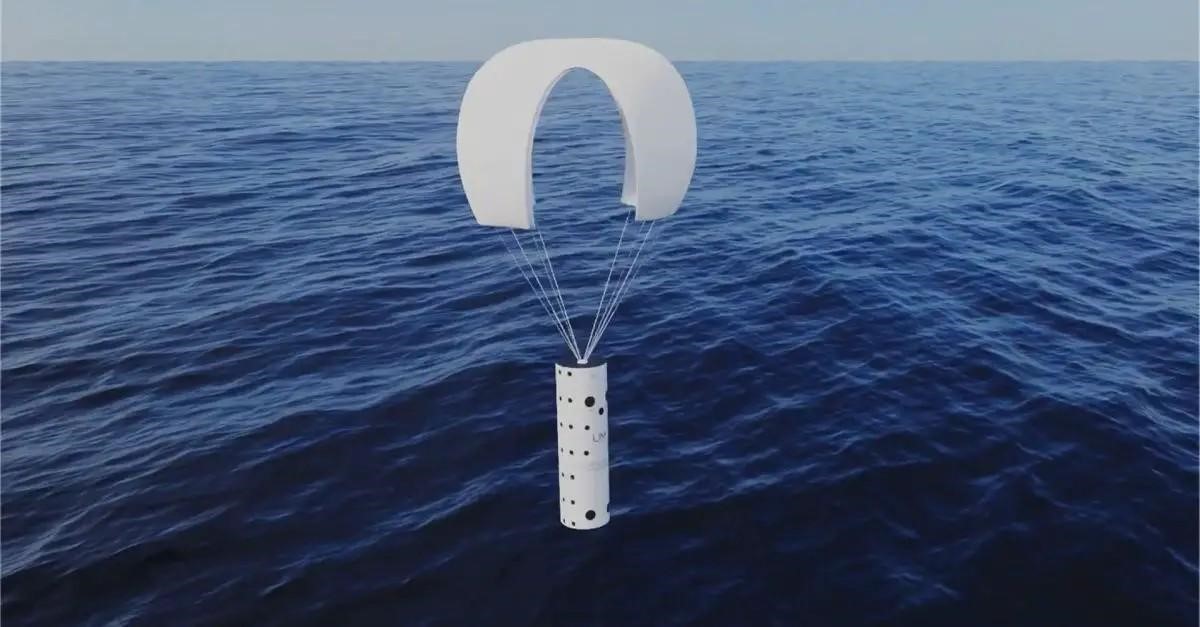India-U.S. Collaborate on Sonobuoys for Naval Awareness
Why in the news?
India and the U.S. have teamed up to co-produce sonobuoys for Undersea Domain Awareness (UDA) in the Indian Navy. These devices help detect and track submarines, enhancing naval defense and supporting scientific research in marine environments.
India-U.S. Collaboration on Sonobuoys for UDA:
- India and the U.S. have announced a collaboration to co-produce U.S. sonobuoys for enhancing Undersea Domain Awareness (UDA) for the Indian Navy.
- Sonobuoys are advanced, expendable electro-mechanical sensors designed to detect, classify, and track ships and submarines underwater.
- These devices will be deployed by naval helicopters or fixed-wing aircraft, automatically releasing upon water impact.
Sonobuoy Functionality and Types
- Sonobuoys can operate in active or passive modes:
- Active sonobuoys emit sound waves and detect echoes to track targets.
- Passive sonobuoys listen for underwater sounds from vessels.
- They are equipped with a surface inflatable system and a radio transmitter for communication with tracking ships or aircraft.
- Special-purpose sonobuoys provide additional environmental data, such as water temperature and noise levels, useful for research.
- A network of sonobuoys can form a detection pattern, enabling precise location identification of submarines for further tracking.
Applications and Technological Components
- Sonobuoys are essential for anti-submarine warfare and are also used in scientific research, such as marine life studies and environmental monitoring.
- The devices consist of components like buoyant housing, acoustic sensors, a power source, and communication systems.
- Sonobuoys represent cutting-edge technology that enhances both naval defense capabilities and scientific exploration.
About Sonobuoys
- Definition: Small, expendable devices used to detect submarines.
- Components: Hydrophone (underwater microphone), radio transmitter, and buoyant float.
- Usage: Primarily for anti-submarine warfare (ASW) and also for scientific research, like marine life and ocean currents.
- Development: UM and BDL will create sonobuoys tailored for the Indian Ocean’s unique acoustic environment, enabling efficient wide-area searches.
- Interoperability: Co-produced sonobuoys will work with U.S. Navy, Indian Navy, and allied aircraft (e.g., P-8, MH-60R, MQ-9B Sea Guardian).
- About Underwater Domain Awareness (UDA):
- Definition: Combination of technologies, strategies, and policies for monitoring undersea activities.
- Significance: Addresses security threats, illegal fishing, environmental challenges, and marine pollution.
- Strategic Importance: Enhances maritime security, supports economic growth, and ensures regional stability by protecting critical trade routes.
- About India and UDA:
- Maritime Interests: India’s vast coastline and strategic position in the Indian Ocean Region (IOR) emphasize the importance of UDA.
- Technological Advances: India utilizes Unmanned Underwater Vehicles (UUVs) like ADAMYA and integrates sonobuoys with drones for better surveillance.
- Strategic Initiatives: Programs like IUHDSS improve India’s maritime security.
- Challenges: Dependence on foreign technology and geopolitical issues, including Chinese naval activity in the IOR.
- Opportunities: UDA helps in securing trade routes, protecting the environment, and strengthening India’s maritime diplomacy.
The collaboration aims to improve India’s maritime security by leveraging the latest sonobuoy technology, which plays a critical role in undersea detection and monitoring.
Sources Referred:
PIB, The Hindu, Indian Express, Hindustan Times




